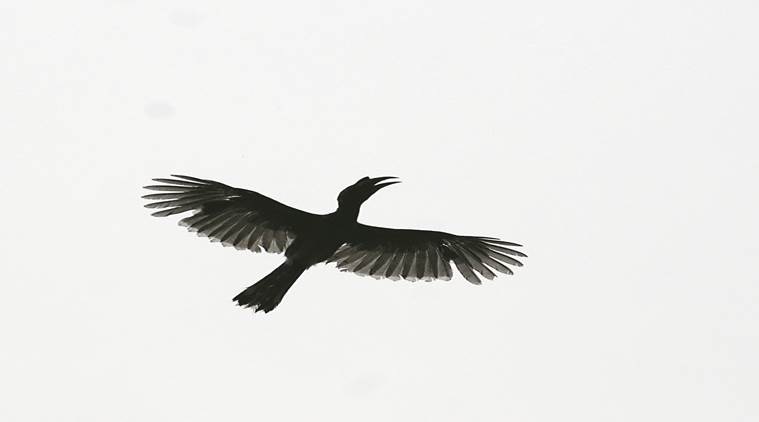
Settling down in Bombay (now Mumbai), way back in 1965, after five years of running wild in a huge Madras garden, was like being suddenly imprisoned in a little cement cell. Even back then, open green spaces were few and far between in the city — and you couldn’t take Hanging Gardens or the adjoining Kamala Nehru Park seriously; trees, as are found in these gardens, do not naturally grow looking like horses and camels.
Then we discovered Marve beach and what we simply called “the lakes”. Marve was marvellously deserted in those days — with enough sky, wind and waves to supercharge your imagination. And the “lakes” came into their own during the monsoons. To reach there, you left the humming Western Express Highway and entered the Aarey Milk colony, which was like driving through a cool, verdant tunnel.
Immediately, your mood lifted, like some invisible wire-cutters had snipped through all the tension of homework not yet done and the excuses that needed to be cooked up. The air blowing through the car’s windows was fresh and sweetly redolent of livestock: we could just see the heads of the glossy, benign buffaloes in their stables beyond the road. If you think chanting is not for you, because it puts you into a state of near-hypnotic hysteria, try chewing the cud: there’s something very soothing about its steady rhythm. (Even watching buffaloes can be relaxing, except when they snort and stamp their hooves).
We would embark on our forays, usually on Sundays, packing an aloo paratha-dahi-pickle lunch, and set off. Once the Aarey colony worked its magic, we would turn off and head towards the “lakes” proper. The road would twist and turn past Vihar and Tulsi lakes, gleaming silver in the gunmetal monsoon light and we would park off the road at a favourite spot. Here we would unpack — the parents had small cane chairs to sit on, and we would just potter around happily in the streams that tinkled nearby, looking at the frogs and dragonflies. The giant wood spiders, with their massive webs would make us shudder deliciously. We probably made enough noise to keep snakes away, for I don’t recall ever seeing one. What we did see once was an emerald green chameleon setting off to cross the road like an emperor heading for his coronation. In the distance, a hulking Ambassador approached at speed, rattling and clunking, but the chameleon did not flinch. The tyres missed the emperor by a whisker and he continued on to the other side as if absolutely nothing untoward had happened.
After lunch — and, maybe, some rest — it was time to walk. We’d set off towards the lakes, which were next to each other. I do remember that we usually crossed over a narrow dam wall and then walked along the edges of the brooding waters. Apparently, there are crocodiles in these lakes, but they never considered it tempting enough to snack on us. We never saw them. We did see clouds of small birds, wing in formation over the water — probably sandpipers of some kind. If there was still time, we would drive up to the Kanheri Caves, but return quickly because invariably there would be busloads of people being decanted. Nor did the nearby lion safari hold any charm.
Years later, when I was old enough to drive (and had started getting interested in birds), we abandoned the parents and would set off very early on Sunday mornings. Already, disturbing changes had begun taking place: the hideous Film City had begun coming up and now there was an actual gate and barrier before you properly entered the National Park. We discovered the ruins of the notorious but thankfully derelict highway project that would have bisected the park — and, once, an abandoned illicit still, smelling of hooch. As for wildlife and birds, we did see tremulous chital crossing the road and a racket-tailed drongo once nearly made me drive off the road. I saw my first grey hornbills here — flying high and squealing creakily. The sky was a sullen grey, the greens around us dark and brooding and here were these birds that looked as if they had just flown out of Jurassic Park! But there was never any sign of leopards.
Certainly, the Borivali National Park was a great place to go to, instead of college, and you certainly learnt more during a visit there. I haven’t been back for almost 40 years now — and frankly, I don’t think I would like to.
The government, with all its talk on environmental protection, now wants to bring down the trees in Aarey Milk colony, so it can build a coach-shed, for you and me, and “honest Casca”!
Many years ago, that regal chameleon crossed over safely when the car bore down on it. This time, is it going to be as lucky with the axes and bulldozers?
(Ranjit Lal is an author, environmentalist and bird watcher)